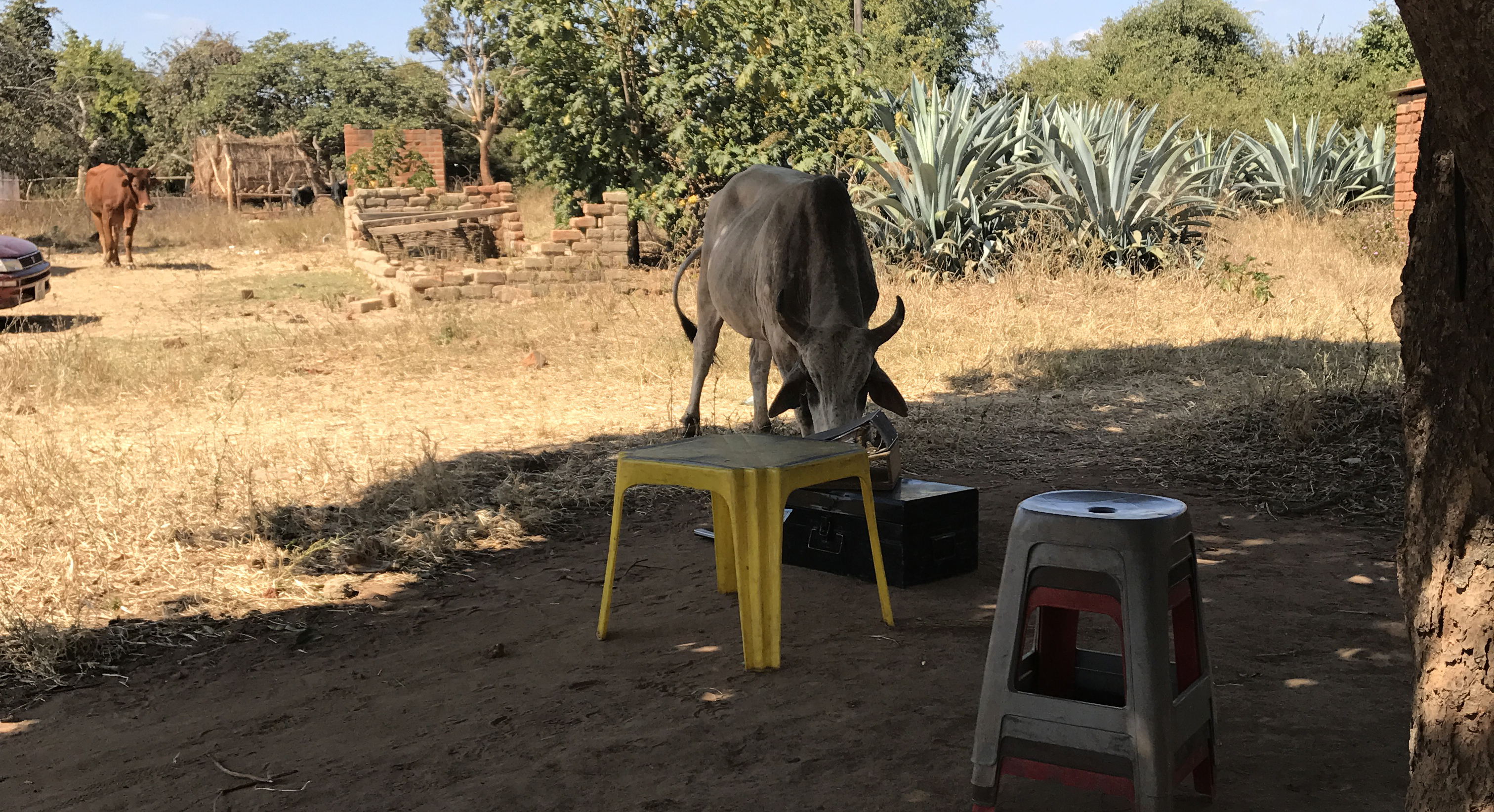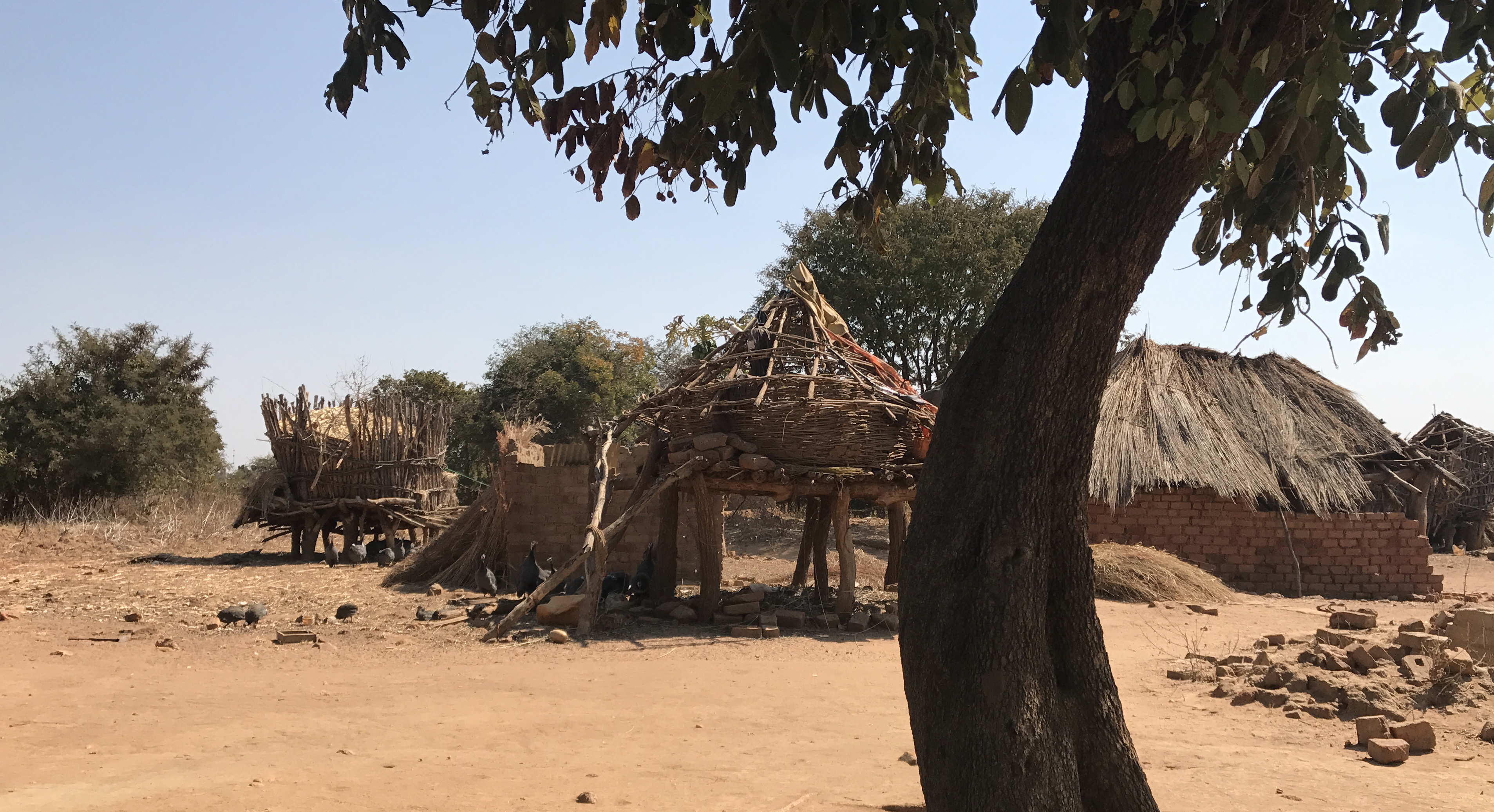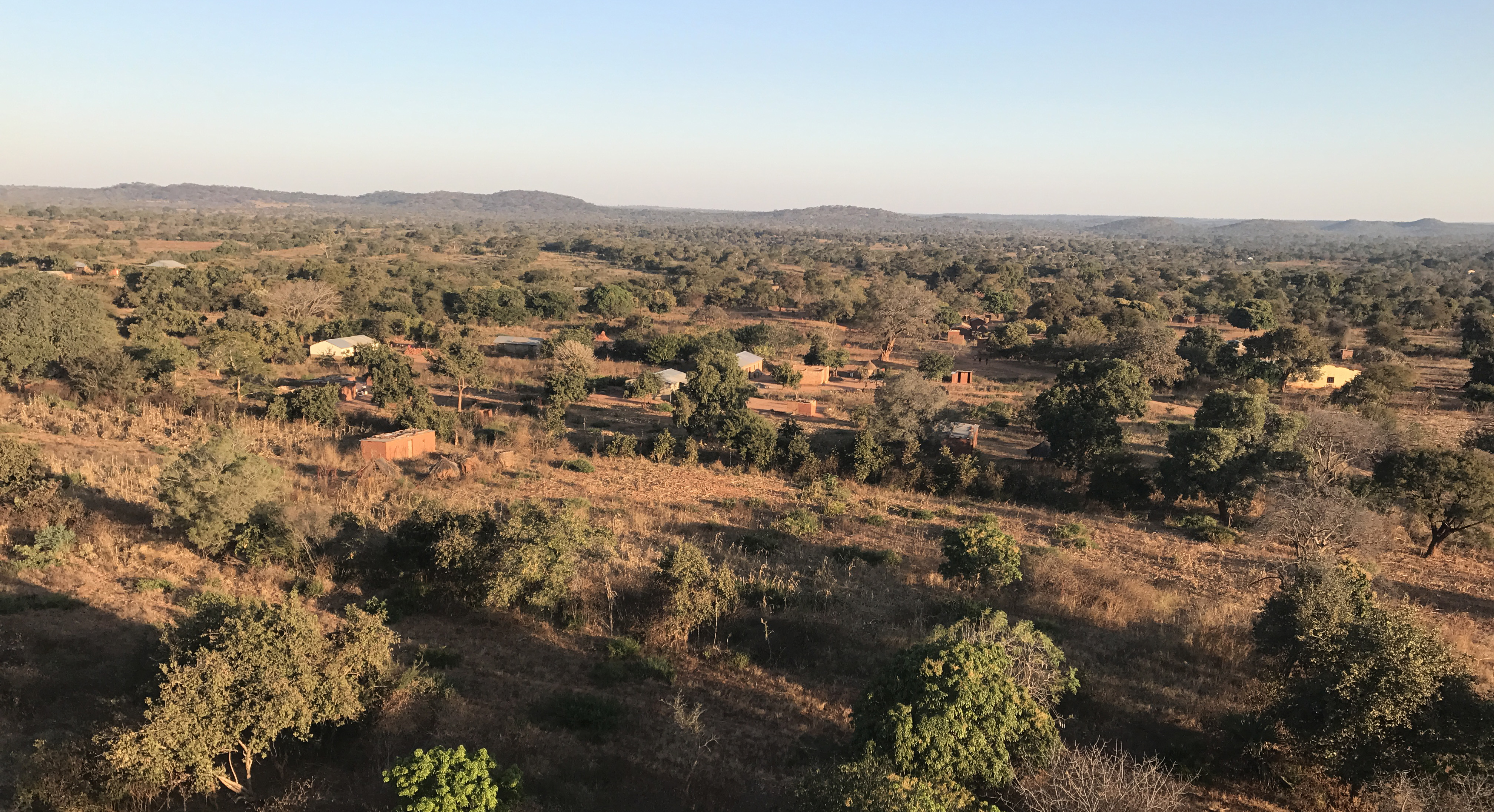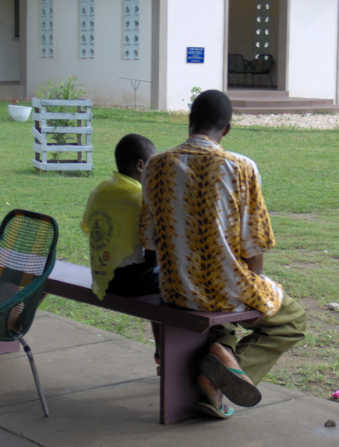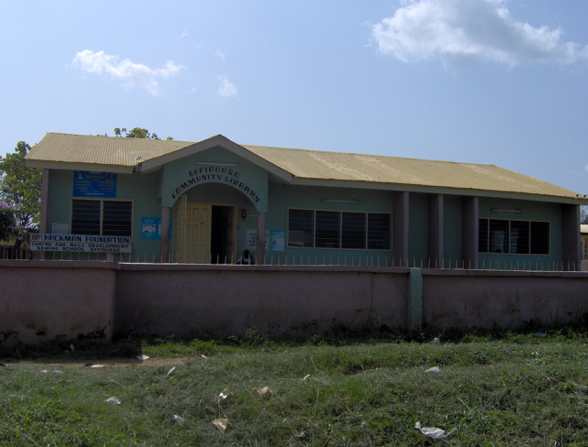Research
Places where we have worked
N100 and Academic Achievement in Juvenile Delinquents in Response to Reading Intervention
ALIF-YA:
An A-to-Z Assessment Battery of Cognitive Processes, developed in collaboration with Qiyas, of the Kingdom of Saudi Arabia. In collaboration with Qiyas, the primary educational testing agency of the Kingdom of Saudi Arabia (KSA), we are developing a comprehensive neurocognitive assessment battery for children ages 5-18 in the KSA. The theoretical model behind ALIF-YA is a combination of three contemporary theoretical models of cognitive processing: (1) the Cattell-Horn-Carroll (CHC) theory; (2) the Planning, Attention-Arousal, Simultaneous and Successive (PASS) theory; and (3) the Triarchic Theory of Intelligence (or Successful Intelligence; SI). The Cattell-Horn-Carroll (CHC) model of cognitive abilities is recognized as the most empirically validated structural model of human cognitive abilities. The PASS represents neuropsychological theories of information processing, encompassing planning, attention, and simultaneous and successive processing (PASS). The third model of cognitive functioning is Sternberg’s Triarchic Theory of Intelligence, which emphasizes the use of analytical, creative and practical skills as central to the expression of intelligence and success in life. Alif-Ya is based on a unique constellation of the above-mentioned components and dimensions; they form the theoretical foundation of the proposed assessment and specify the a priori theoretical structure of every item. The now developed battery encompasses 48 subtests covering multiple components of Memory, Executive Control, and Reasoning. In those subtests that do not require the strict sequential delivery of items (e.g., for the purposes of teaching and learning), item-delivery will be managed by an adaptive algorithm to ensure that students receive ability-appropriate items for the determination of accurate ability scores. We expect the battery to be completed and validated by the end of 2018.
The AZ Project
The goal of the AZ project is to find a gene responsible for risk for language difficulties. AZ represents a group of villages in northern Russia that was populated centuries ago by only a few people, and isolated from outsiders so that there was substantial intermarriage among the village’s residents. Because of the small gene pool, the probability that members of the much-related residents will have a shared gene is high. About half the members of this population have a language impairment to some degree. from mild speech, fluency, understanding, reading or writing difficulties to nearly no language at all. Currently, we have collected behavioral data on nearly all of the 200 children under 18 and a substantial number of the adults. We have collected blood samples and developed cell lines for more than 700 of the 900 individuals, at least those of elementary-school age, and we have a cheek-swab or DNA from saliva on the preschool children and babies. Work on this project is ongoing; we continue to collect new behavioral data to characterize the language impairments, experimental data to test the parameters of and hypotheses about the language impairments, and blood and saliva samples for our DNA library.
Aurora
The Aurora Project is the development of a comprehensive evaluation battery—the Aurora Battery—based on Robert Sternberg's Theory of Successful Intelligence. The battery addresses analytical, creative and practical areas of cognition, covering the figural, verbal and numerical domains. Its primary objective is to support the identification and development of intellectually gifted children. In addition, it is designed as multiple modules, such that it can be administered as a whole, through an individual module, or through a combination of modules. Aurora is intended to address the concerns of parents, teachers and counselors who wish to identify giftedness. By addressing a broad range of abilities, it is intended to be sensitive to traditionally under-identified gifts of minority children and children with disabilities. Aurora is designed to incorporate both assessment and pedagogical traditions so that not only current, but also potential levels of a child's intellectual performance can be evaluated.
Notably, the Aurora Battery has drawn a great deal of interest from the international community. It has been translated into several languages, including Arabic, Chinese, Greek, Russian, and Spanish. Our collaborators around the world include researchers in Chile, China, Greece, Korea, the Netherlands, Russia, Spain, and Turkey. This international work is ongoing.
BELLA
Uno, Dos, Tres, Listos! Monitoring Kindergarten Readiness Bilingually
Funded by the Institute of Educational Sciences (IES), we are engaged in building a Bilingual English Language Learners Assessment (BELLA), designed to provide an assessment of a child’s kindergarten readiness and learning potential in both English and Spanish. BELLA covers the domains of Early Literacy, Early Numeracy, and Early Science; items access analytical, creative and practical skills. It is targeted to 3-5 year olds, to be used in the classroom by teachers who want to gauge their students’ readiness for Kindergarten. Content has been selected in accordance with the Texas Essential Knowledge and Skills (TEKS) state standards for early childhood education. The assessment is presented in an artists-rendered interface that has a story-book look and feel that is inviting and engaging. Items will be delivered adaptively to ensure the brevity and accuracy of the assessment. In collaboration with MindTrust Labs of North Haven, CT, we are creating BELLA as an application to be delivered on a tablet device. It is expected to be validated by 2020.
A Community-Based Evaluation of Interventions for Orphans and Vulnerable Children (OVC)
(A study of HIV-OVC in rural Zambia)
In Zambia, a sub-Saharan country with high rates of HIV infection, as many as 600,000 children have been orphaned by HIV/AIDS and another 150,000 (ages 0-14) live with HIV/AIDS. In this community-based study, we are focused on learning about all of the interventions administered to these children within a 20km radius of a well-established regional rural hospital, Macha Mission Hospital (MMH), to assess their effects on the growth and development of OVC in the area. We are carrying this out in two steps. First, through household to household screening, we are constructing a representative sample of ~1,000 OVC, ages 7-17, and characterizing them using an array of well-defined indicators that focus on their health, well-being, and cognitive, academic, and adaptive functioning. This characterization will be longitudinal, with at least 3 time points for each individual. Second, we are identifying and characterizing all interventions that are delivered to these OVC, first via information from the OVC themselves and their caregivers, then by surveying the providing organizations. Using a mixed-method design, we will assemble the available qualitative and quantitative evidence, describing key components of the existing programs to differentiate, at least preliminarily, the effectiveness of the present interventions. We hypothesize that interventions with a strong component aimed at safeguarding OVC access to continuous schooling of adequate quality will stand out as most promising with respect to ensuring OVC’s developmental potential.
This project is being carried out in collaboration with the Macha Research Trust (MRT), based in Macha, Zambia. MRT focuses on regional health threats, such as malaria, HIV/AIDS and tuberculosis, innovatively and creatively. It collaborates with both Zambian and international partners, such as the Johns Hopkins Bloomberg School of Public Health, the Macha Malaria Research Institute (a US-based nonprofit organization), Macha Mission Hospital, and the Zambian government through its Ministry of Health.
Severe Learning Disabilities (LD) in Juvenile Delinquents
Nationwide, children and youth with special education needs are overrepresented in the US justice system. Reports estimate that delinquent juveniles with a disability comprise about 30% to 60% of the entire delinquent population. Moreover, in general, low educational performance— academic deficits such as a lack of basic skills in reading, writing, and mathematics— have been associated with recidivism. In response to these circumstances, this study encompasses three components to explore and respond to the high prevalence of learning disabilities in court-involved juveniles.
First, we are accessing big data that have been collected on these youth over the years to document and characterize their recorded learning disabilities, and to identify a group of youth with severe LD to serve as a comparison group for those engaged in a reading intervention. Second, we are working with a group of youth identified as having severe reading difficulties to engage them in an intervention study. The intervention is comprised of several sessions of one-on-one tutoring with a trained educator, followed by a “gamified” learning tool to reinforce the skills learned, maintain reading gains, and increase the automaticity of skill use by the youth. Individual responses to this therapy will be gauged with respect to other relevant variables collected at baseline, such as attention, executive functioning, impulse control, and ability to learn. In the third component, a set of neurocognitive (event-response potential, ERP, readings) and genetic markers (DNA methylation, or epigenetic, patterns) will be examined in data collected from each participant.
Research has identified ERPs that have been shown to: discriminate good versus poor readers; demonstrate sensitivity to reading intervention/training; map onto key skill domains targeted by our intervention; and be related to general processing efficiency and executive functioning. Epigenetic patterns have been associated with learning and memory states, CNS functioning and related disorders. They have also been found to be highly responsive to environmental factors such as social environments and learning contexts. Altogether, this research is meant to illuminate a number of important facets linking LD and delinquency, including causal factors, viable interventions, and approaches to prevention.
MEGA-GRANT
The mega-grant project is supported by the Government of the Russian Federation and has helped establish and support the Translational Developmental Science Laboratory at Saint-Petersburg State University (SPBU) in Russia. The project is focused on elucidating the neurobiological pathways affected by early adversity and suboptimal care environments. As such, it utilizes a variety of methods (behavioral, neurophysiological, and epigenetic) to characterize the biobehavioral patterns of development in functioning across domains in samples of young (birth to 5) children left without parental care and raised in institutional settings, and their typically developing age peers who are raised by biological parents, as well as in older samples of adults with and without a history of institutionalization.




